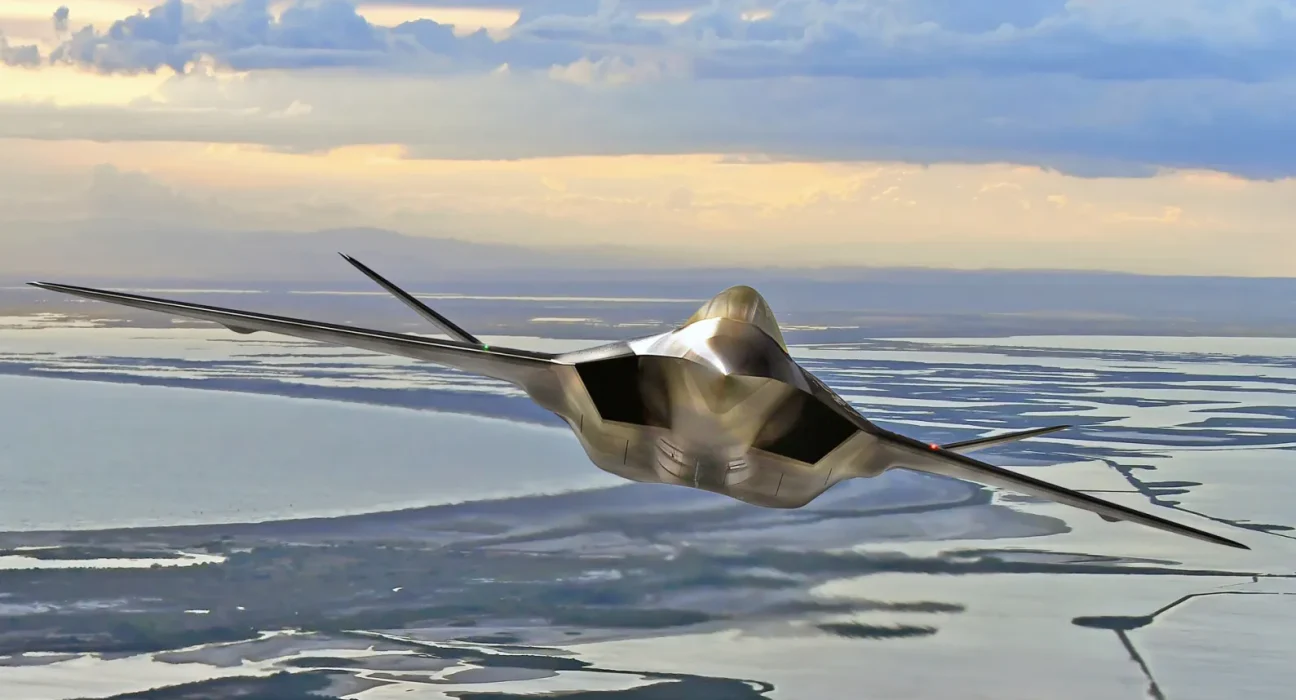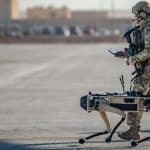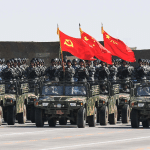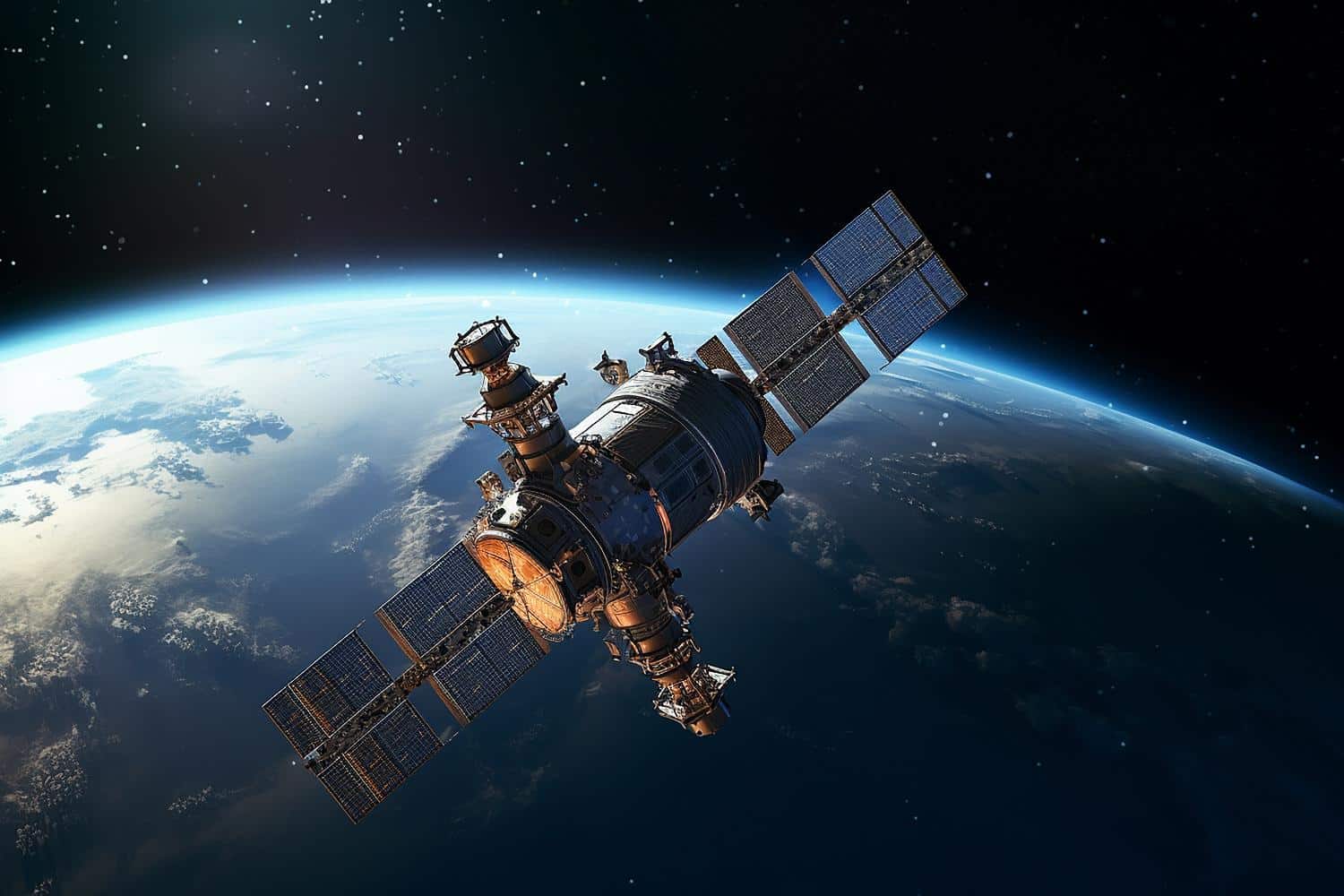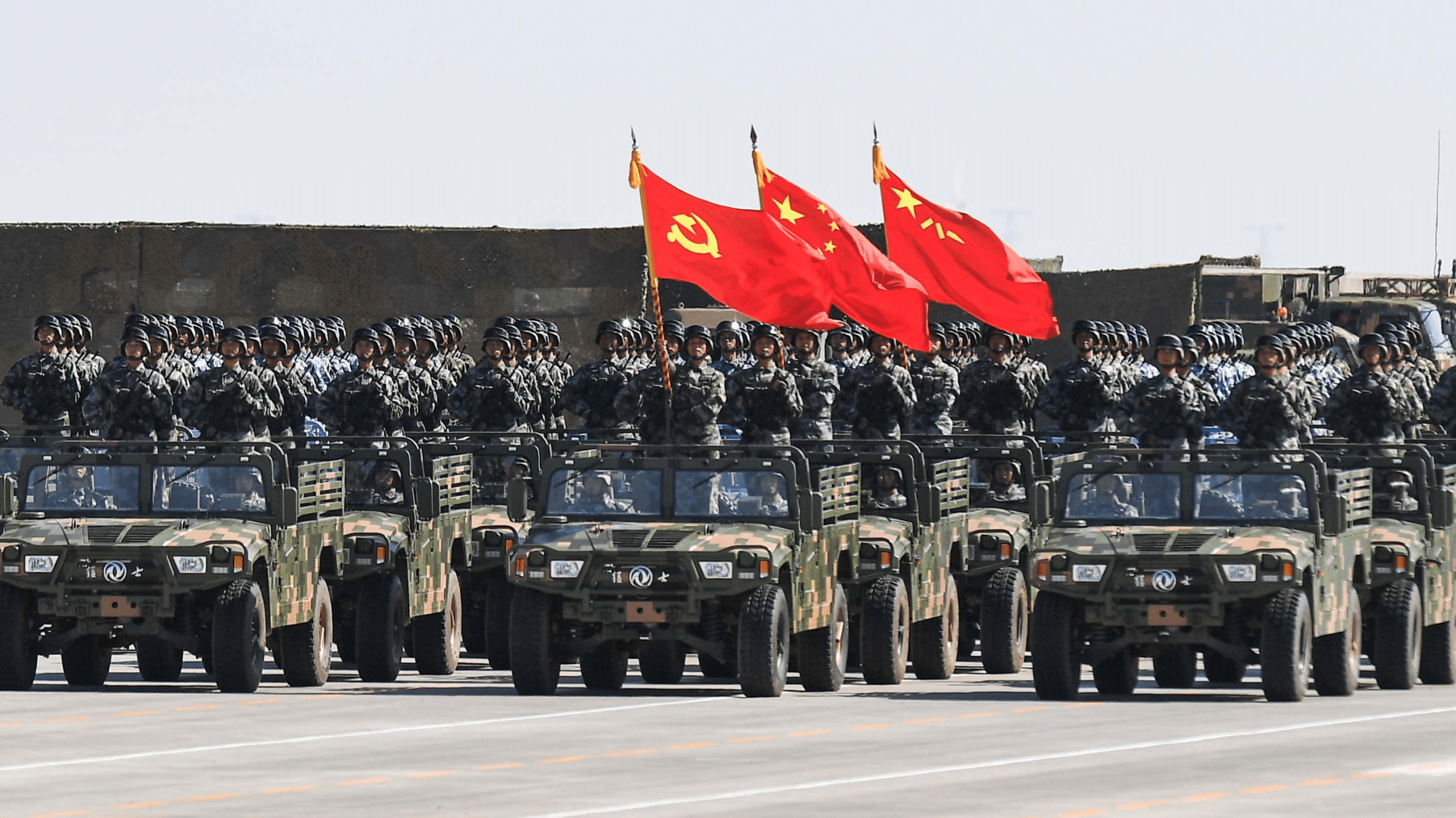The Future Combat Air System (FCAS) represents a major step forward in European defense. It aims to ensure Europe’s autonomy and sovereignty in terms of defense and security. Estimated at 100 billion euros, the FCAS is at the heart of a new-generation weapons system (NGWS).
The birth of the project
The FCAS was initiated in 2017, the fruit of collaboration between France and Germany, led by Dassault Aviation and Airbus. In 2019, Spain joins this European alliance with IT specialist Indra, forming a bold cooperation for the development of New Generation Fighter (NGF).
Phase 1B began in November 2022, focusing on advanced design and preparation of demonstrators. The first demonstrations are scheduled between 2027 and 2028.
The aim of this ambitious project is to gradually replace existing military systems, in particular with NGF. The NGF is intended to gradually replace certain combat aircraft such as the Rafale and Eurofighter from 2040, subject to technical and political delays.
A mallow for the next-generation fighter, a sixth-generation fighter jet, was unveiled in 2019.
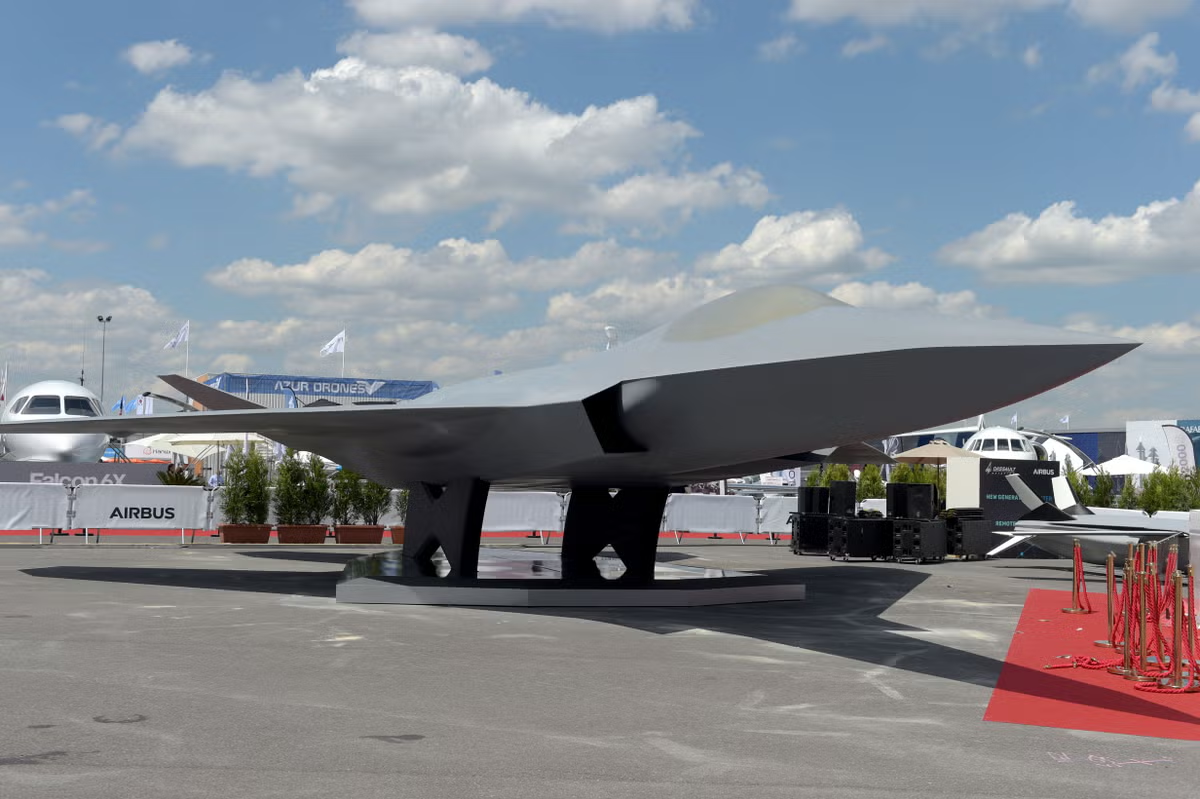
The FCAS will also include a fleet of UAVs able to assist pilots in their missions. While military carriers would act as mother ships, transporting the UAVs close to their areas of operation.
Airbus and MBDA unveiled models of remote carriers, part drone, part missile devices that will support the fighter of the future.
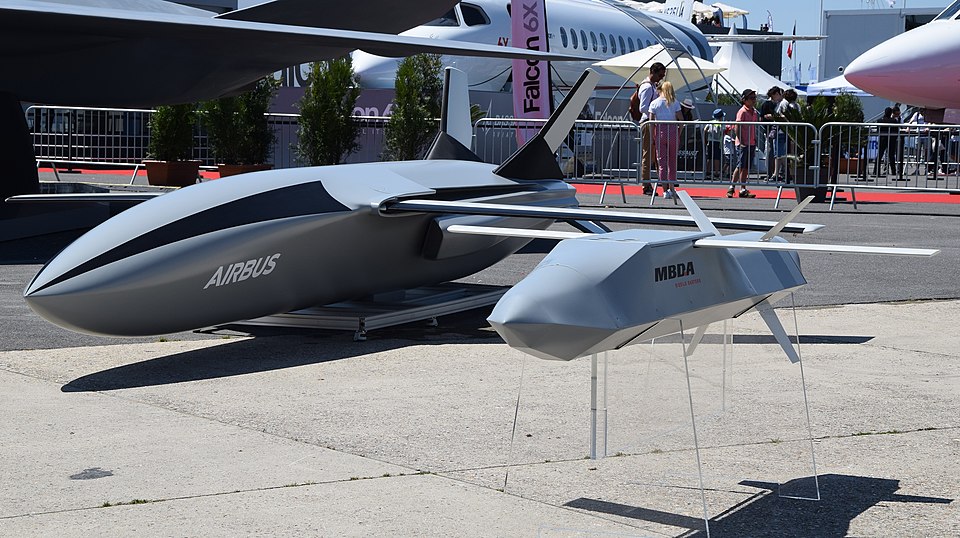
Airbus carried out drone drop tests from an A-400M in February 2022. The drone would act as scouts on the battlefield. In 2024, Airbus continued to test remote carriers, with the first flights of demonstrators confirmed. Airbus plays a central role in the FCAS, as co-bidder of the entire program, in accordance with its experience in major defense programs, Airbus is involved in several other projects.
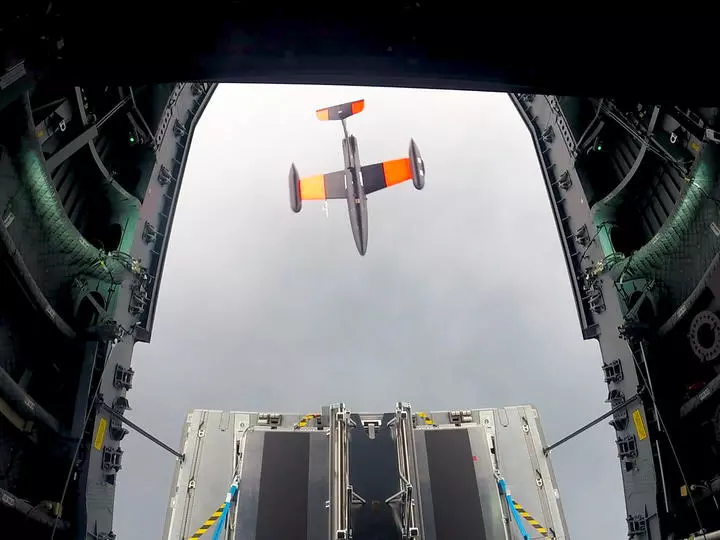
Innovation and cooperation: The technological challenge
The FCAS represents major doctrinal and technological challenges. European air forces and navies will have to adapt their operating methods, while industry will have to develop new technologies. The use of a combat cloud connecting new-generation fighter aircraft and drones marks a revolution in communications, enabling rapid exchanges with the ground, satellites and other platforms. The combat cloud will be a key element of digitization and network focus warfare in modern military operations.
The FCAS is not just a fighter, but a set of cutting-edge technologies, including artificial intelligence, mega data analysis and cryptography components , thanks to the participation of 16 companies.
Strategic importance and future prospects
However, despite high ambitions, uncertainties persist. In June 2023, Dassault’s CEO expressed reservations about the FCAS being operational before 2050, raising questions about initial deadlines. However, in April 2025, the program confirmed the objective of a first flight of a manned demonstrator by 2029.
In spite of the obstacles, investment in the economy, the preservation of know-how and the creation of a unified system reinforce its importance. This system is crucial to Europe’s future defense and security. Beyond its military utility, the region is a center of technological innovation. Economic spin-offs, job creation and the development of new technologies are all aspects that will benefit participating countries.
The FCAS represents a major step forward for the European defense and autonomy, and thanks to its innovative approach and cutting-edge technologies, it reinforces Europe’s position as a world leader in defense and aerospace technology.

